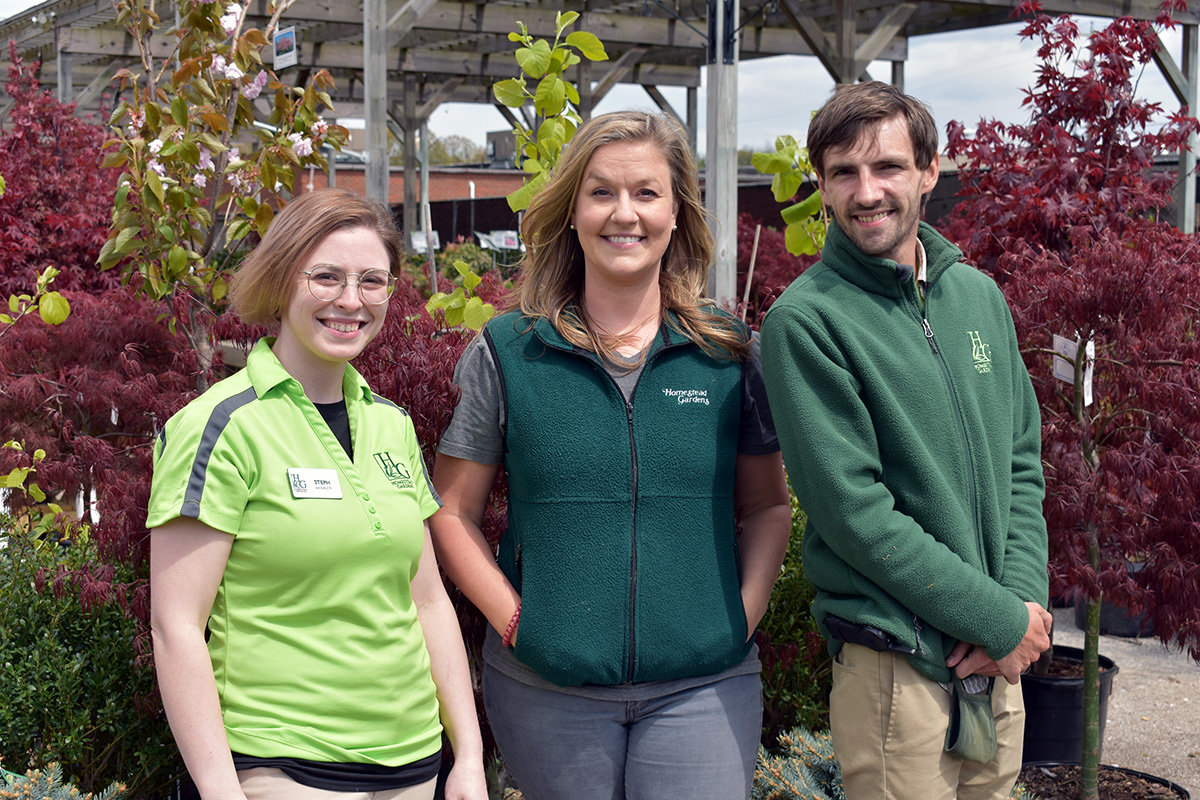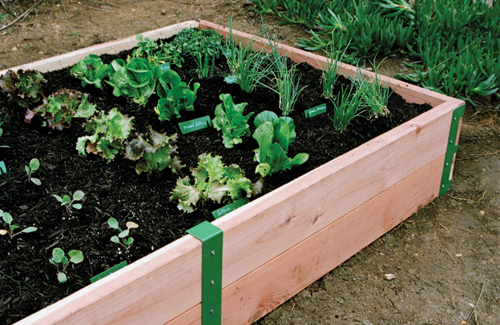Everything You Need to Know About Homestead Gardening
Everything You Need to Know About Homestead Gardening
Blog Article
Enhance Your Outdoor Location With Creative Horticulture Styles and Designs
By exploring different styles, such as the enchanting informality of cottage yards or the minimalism of contemporary aesthetic appeals, one can considerably elevate the ambiance of their environments. Furthermore, integrating upright gardening methods and sustainable methods not only enhances visual allure but also promotes ecological awareness.

Home Garden Charm
Cottage yards, frequently defined by their lush, casual layouts, accept an unified mix of veggies, natural herbs, and blossoms, creating a vivid tapestry of shade and fragrance. This traditional gardening design go back to the late 19th century, coming from England, and is prized for its lovely, enchanting allure.
Secret elements of home yards include using perennial plants, climbing up vines, and self-seeding annuals, which add to an ever-evolving landscape. Growing in dense collections urges a naturalistic appearance, enabling a diverse mix of shades and structures. Popular flowers such as hollyhocks, delphiniums, and foxgloves intermingle with great smelling herbs like lavender and rosemary, enhancing sensory experiences while promoting biodiversity.
Integrating rustic attributes, such as weathered trellises, wooden fencings, or rock paths, additionally boosts the visual of a cottage garden. This design not only prioritizes appeal however additionally welcomes sustainability, as numerous plants are picked for their ability to bring in pollinators and provide food. Ultimately, the home yard beauty exists in its loosened up, welcoming atmosphere, motivating a deep connection with nature while using a picturesque retreat for leisure and pleasure.
Modern Landscape Looks
While the appeal of home gardens stimulates a feeling of fond memories and fancifulness, modern landscape appearances welcome an even more structured and minimal technique. This contemporary design highlights simplicity, capability, and a combination with the surrounding setting. Tidy lines, geometric shapes, and a minimal shade palette characterize modern landscape design, allowing nature's elegance to take spotlight without unnecessary distractions.
Materials play a critical role in accomplishing this visual. Concrete, steel, and all-natural rock are regularly used to develop hardscapes that complement the landscape instead of overwhelm it. In addition, the mindful selection of plants is basic; ornamental grasses and indigenous varieties are commonly preferred for their reduced maintenance and ability to grow in local problems.
Water features, such as streamlined ponds or reflecting swimming pools, are likewise important to contemporary styles, supplying tranquility and a focal factor. Sustainable practices, including xeriscaping and using absorptive products, boost the ecological responsibility of modern-day landscaping. Ultimately, modern landscape looks provide an opportunity to create serene outdoor rooms that mirror contemporary values while cultivating a much deeper link to nature.
Vertical Horticulture Advancements
Upright horticulture advancements have reinvented the method we approach horticulture in limited spaces, making it possible for the farming of plants in city environments where ground room is limited. These cutting-edge methods and frameworks permit gardeners to optimize vertical surface areas, changing wall surfaces, fences, and also porches into lavish eco-friendly rooms.
One famous technology is using modular systems, which contain interlocking panels that can be easily mounted and reorganized - Homestead Gardening. These panels frequently come equipped with integrated irrigation systems, ensuring that plants receive adequate moisture while minimizing water waste. In addition, upright yards can include a variety of Continue plants, from blooming types to edible natural herbs, promoting biodiversity and improving appearances
An additional notable innovation is the integration of clever innovation, such as sensing units that keep an eye on dirt dampness and nutrient levels. This innovation permits accurate treatment tailored to the requirements of specific plants, making certain optimal development and wellness. In addition, vertical planters and lightweight materials made from recycled items contribute to sustainability while minimizing the physical concern of conventional horticulture.
Sustainable Gardening Practices
Sustainable horticulture techniques have actually become an important method for gardeners seeking to reduce their environmental impact while boosting the health of their environments. These practices concentrate on the cautious management of all-natural resources, promoting biodiversity, and promoting a durable landscape.
One key component of lasting gardening is dirt wellness. Making use of organic compost, mulching, and crop turning enhances the dirt, promoting advantageous bacteria and reducing the need for chemical plant foods. Furthermore, indigenous plants are encouraged, as they require much less water and are more resistant to regional insects, therefore minimizing dependence on chemicals.

Moreover, sustainable horticulture urges using recycled materials for garden frameworks and pathways, More Info minimizing waste and environmental effect. By taking on these techniques, gardeners can produce a growing outdoor space that balances with nature, making sure both personal satisfaction and ecological obligation.
Themed Garden Inspirations
Developing a themed yard can transform a regular outside space right into an exciting haven that shows individual design and rate of interests. Themed yards offer an one-of-a-kind chance to express imagination while improving the visual appeal of one's landscape. Popular themes consist of Japanese Zen gardens, which stress tranquility with thoroughly arranged rocks, water functions, and minimalist growings.
Another inspiring theme is the home yard, identified by a casual format loaded with an abundance of colorful blossoms and great smelling natural herbs. This design promotes biodiversity and brings in pollinators, making it both ecologically useful and beautiful.
For those with a fondness for journey, an exotic garden can stimulate a trip feel, including bold foliage, vibrant flowers, and maybe even a small water feature to imitate a hotel ambience.
Alternatively, a themed yard can draw ideas from literary works or history, such as a Shakespearean yard that integrates plants stated in the Poet's works.
Picking a motif not just offers instructions in plant selection and layout but also creates a natural environment that invites exploration and enjoyment, making exterior rooms genuinely one-of-a-kind.
Verdict

Incorporating rustic functions, such as weather-beaten trellises, wood fences, or rock pathways, better boosts the visual of a home yard. In addition, vertical yards can integrate a variety of plants, from flowering species to edible natural herbs, promoting biodiversity and enhancing looks.
Creating a themed garden can transform an average outside space right into a fascinating sanctuary that reflects personal design and passions. Themed gardens provide a distinct opportunity to share creativity while enhancing the aesthetic allure of one's landscape. The charm of cottage yards, the sleekness of modern-day landscapes, cutting-edge upright horticulture techniques, lasting practices, and themed yards each contribute unique components that cultivate both appeal and performance.
Report this page